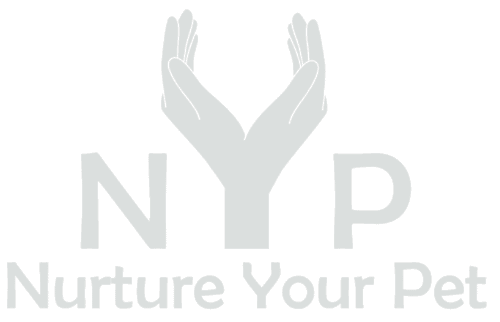
Human-dog communication relies on eye contact. Understanding how eye contact affects your relationship with your dog is crucial. This blog post will cover dog eye contact science, its usefulness in training and bonding, and its dos and don'ts.
The Science of Dogs Making Eye Contact
Dogs have developed a variety of ways to connect with people, including eye contact. It has been demonstrated that eye contact between humans and dogs can start an Oxytocin Loop, wherein both parties release the oxytocin hormone, which fosters love, trust and bonding. Dogs and humans are the only species to have this relationship because they don't usually maintain extended eye contact with other canines. It's crucial to comprehend the function of eye contact in canine communication if you want to develop a strong bond with your dog.
Understanding Body Language of Your Dog
Understanding your dog's feelings and intents requires being able to read their body language while they are making eye contact. Wide, tense eyes may indicate anxiety or hostility, whereas soft, relaxed eyes with a little squint may indicate satisfaction. Your dog may be uncomfortable or submissive if they avert their gaze or completely avoid eye contact. Your ability to respond to your dog's wants and emotions will depend on your ability to decipher these signs.

Using eye contact during training
Establishing and keeping eye contact with dogs during training can help lay a solid basis for efficient communication. Commands that require eye contact, like "watch me" or "look," can be effective at getting your dog's attention and maintaining their concentration throughout training sessions. Start by praising your dog with a treat or praise when they naturally make eye contact with you in order to promote eye contact. Increase eye contact time gradually and include it in your workout routines.
The Rules for Making Eye Contact with Dogs
While maintaining eye contact with your dog can help with communication and trust-building, it's important to know when to break it. Direct eye contact might be interpreted as a threat by an unfamiliar or aggressive dog, thereby worsening the situation. Look away and give the dog space in these situations. However, good eye contact can improve your bond with your dog and give you security.

Creating Bonds and Trust through Eye Contact
Making eye contact with your dog might help you two become close. Engage in activities your dog enjoys, such playing or cuddling, to establish a comfortable atmosphere conducive to eye contact. This will support your dog's learning that eye contact is a sign of trust and pleasant experiences. Always keep in mind that trust-building takes time and work, so be patient and persistent.
Breeds of dogs and eye contact
Dog breeds' eye contact propensities can vary, with certain types being more prone to make eye contact than others. For instance, some breeds may be less likely to make eye contact than herding types like Border Collies, which are renowned for their intense eye contact. You can adjust your approach to eye contact and communication by being aware of the specifics of your dog's breed.

How to Fix Eye Contact Problems
Some canines might have trouble making eye contact due to shyness or excessive staring. In these situations, it's critical to deal with the underlying problem patiently and constructively. For timid dogs, consistently moderate training sessions should help them gain confidence. Reward your dog for stopping their excessive staring by directing their focus to a suitable object or activity.
Conclusion
Understanding and using eye contact with your dog can greatly improve your bond. Eye contact with your dog strengthens your bond and builds trust. Eye contact with your dog requires awareness of the circumstance and your body language. Eye contact can comfort or frighten. Keep your distance from your dog if they are showing indications of discomfort. Instead, make an effort to divert their focus by providing a reward or toy.








